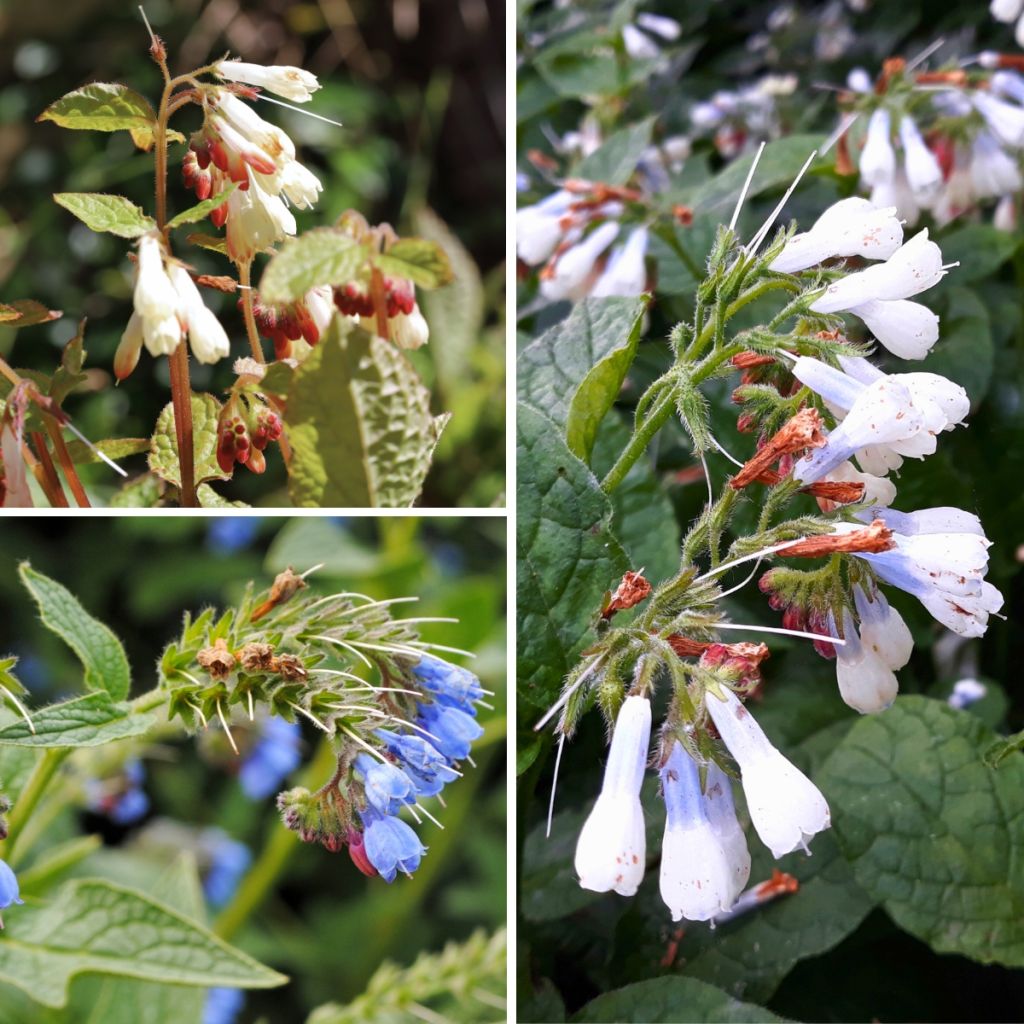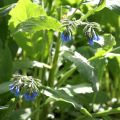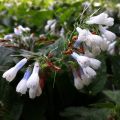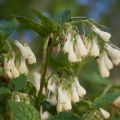Plantfit
Log in / Register
Existing customer?
New customer?
Create an account to track your orders, access our customer service and, if you wish, make the most of our upcoming offers.
My Account
Hello
Shipping country and language
Your country of residence may be:
For a better user experience on our website, you can select:
Your shipping country:
Andorra
Austria
Belgium
Bulgaria
Croatia
Czechia
Denmark
Estonia
Finland
France
Germany
Greece
Hungary
Iceland
Ireland
Italy
Latvia
Lithuania
Luxembourg
Monaco
Netherlands
Poland
Portugal
Romania
Slovakia
Slovenia
Spain
Sweden
Switzerland
Language:
French
English


Comfrey collection
Comfrey collection
Symphytum azureum, grandiflorum
Order in the next for dispatch today!
Dispatch by letter from €3.90.
Delivery charge from €5.90 Oversize package delivery charge from €6.90.
More information
This item is not available in your country.
Select delivery date,
and select date in basket
This plant carries a 12 months recovery warranty
More information
We guarantee the quality of our plants for a full growing cycle, and will replace at our expense any plant that fails to recover under normal climatic and planting conditions.
From €5.90 for pickup delivery and €6.90 for home delivery
Express home delivery from €8.90.
Does this plant fit my garden?
Set up your Plantfit profile →
Collection items (3 plants)
Description
This Consoude Collection brings together the Symphytum azureum or Blue Comfrey and two varieties of comfrey with large flowers: the Symphytum grandiflorum 'Hidcote Blue' and the S. grandiflorum. Ideal for gardeners looking for versatile plants, these perennials are also known for their medicinal properties and their use in organic gardening. Comfreys are very cold-resistant, low-maintenance, easy to grow plants in any not too dry garden soil and in all exposures. Enjoy their flowering from April to July, depending on the variety and climate.
The collection consists of:
1 x Symphytum azureum: this botanical species is distinguished by its azure blue flowers and its early and prolonged flowering, from April to July. Its foliage is deciduous. It will be ideal for dressing up areas of woodland, shade, or wetlands.
1 x Symphytum grandiflorum 'Hidcote Blue': offering bi-coloured sky blue and white flowers and deciduous foliage, this variety thrives in partial shade. It blooms in June-July.
1 x Symphytum grandiflorum: with cream white to pale yellow flowers, this wild species adapts well to various types of soil, it is particularly versatile. It blooms in June-July.
These comfreys can be planted in spring or autumn, they are used in borders or as ground cover, especially at the edge of woodland or in wetlands, on riverbanks... These perennials have a running stump that allows them to colonise the soil. Their above-ground vegetation is deciduous, it emerges from the ground every spring and disappears in winter. Plan for 4 to 5 plants per m² to cover the ground within 3 years. Maintain a distance of 40 to 60 cm between each plant.
Comfreys can be combined with other robust perennial plants that they are not likely to supplant. Male Fern, Greater Periwinkle, and Solomon's Seal will be good companions. The Symphytum is a melliferous plant, which also improves soil structure. It can be used to make a liquid fertiliser called comfrey tea, by maceration in cold water: it is a spring stimulant. Tolerating occasional trampling quite well, it makes an excellent ground cover that allows few 'weeds' to grow through. Finally, it is a very welcoming plant for biodiversity: it is appreciated by bees, lacewings, and spiders.
Flowering
Foliage
Plant habit
Botanical data
Symphytum
azureum, grandiflorum
Boraginaceae
Cultivar or hybrid
Planting and care
Plant the Symphytum in preferably moist and rich soil, with a humus-bearing tendency. However, it is a very accommodating plant that will also grow in less welcoming, including limestone or clay soil, as long as they have a certain depth and do not dry out too much in summer. Plant in full sun or partial shade, or even in the shade of large trees in warm regions. Avoid excessive sunlight. The Symphytum does not have any problems requiring any treatment. To limit its spread, remove the shallowly rooted shoots at the periphery of the clumps or simply cut them with a spade.
Planting period
Intended location
Care
This item has not been reviewed yet - be the first to leave a review about it.
Haven't found what you were looking for?
Hardiness is the lowest winter temperature a plant can endure without suffering serious damage or even dying. However, hardiness is affected by location (a sheltered area, such as a patio), protection (winter cover) and soil type (hardiness is improved by well-drained soil).

Photo Sharing Terms & Conditions
In order to encourage gardeners to interact and share their experiences, Promesse de fleurs offers various media enabling content to be uploaded onto its Site - in particular via the ‘Photo sharing’ module.
The User agrees to refrain from:
- Posting any content that is illegal, prejudicial, insulting, racist, inciteful to hatred, revisionist, contrary to public decency, that infringes on privacy or on the privacy rights of third parties, in particular the publicity rights of persons and goods, intellectual property rights, or the right to privacy.
- Submitting content on behalf of a third party;
- Impersonate the identity of a third party and/or publish any personal information about a third party;
In general, the User undertakes to refrain from any unethical behaviour.
All Content (in particular text, comments, files, images, photos, videos, creative works, etc.), which may be subject to property or intellectual property rights, image or other private rights, shall remain the property of the User, subject to the limited rights granted by the terms of the licence granted by Promesse de fleurs as stated below. Users are at liberty to publish or not to publish such Content on the Site, notably via the ‘Photo Sharing’ facility, and accept that this Content shall be made public and freely accessible, notably on the Internet.
Users further acknowledge, undertake to have ,and guarantee that they hold all necessary rights and permissions to publish such material on the Site, in particular with regard to the legislation in force pertaining to any privacy, property, intellectual property, image, or contractual rights, or rights of any other nature. By publishing such Content on the Site, Users acknowledge accepting full liability as publishers of the Content within the meaning of the law, and grant Promesse de fleurs, free of charge, an inclusive, worldwide licence for the said Content for the entire duration of its publication, including all reproduction, representation, up/downloading, displaying, performing, transmission, and storage rights.
Users also grant permission for their name to be linked to the Content and accept that this link may not always be made available.
By engaging in posting material, Users consent to their Content becoming automatically accessible on the Internet, in particular on other sites and/or blogs and/or web pages of the Promesse de fleurs site, including in particular social pages and the Promesse de fleurs catalogue.
Users may secure the removal of entrusted content free of charge by issuing a simple request via our contact form.
The flowering period indicated on our website applies to countries and regions located in USDA zone 8 (France, the United Kingdom, Ireland, the Netherlands, etc.)
It will vary according to where you live:
- In zones 9 to 10 (Italy, Spain, Greece, etc.), flowering will occur about 2 to 4 weeks earlier.
- In zones 6 to 7 (Germany, Poland, Slovenia, and lower mountainous regions), flowering will be delayed by 2 to 3 weeks.
- In zone 5 (Central Europe, Scandinavia), blooming will be delayed by 3 to 5 weeks.
In temperate climates, pruning of spring-flowering shrubs (forsythia, spireas, etc.) should be done just after flowering.
Pruning of summer-flowering shrubs (Indian Lilac, Perovskia, etc.) can be done in winter or spring.
In cold regions as well as with frost-sensitive plants, avoid pruning too early when severe frosts may still occur.
The planting period indicated on our website applies to countries and regions located in USDA zone 8 (France, United Kingdom, Ireland, Netherlands).
It will vary according to where you live:
- In Mediterranean zones (Marseille, Madrid, Milan, etc.), autumn and winter are the best planting periods.
- In continental zones (Strasbourg, Munich, Vienna, etc.), delay planting by 2 to 3 weeks in spring and bring it forward by 2 to 4 weeks in autumn.
- In mountainous regions (the Alps, Pyrenees, Carpathians, etc.), it is best to plant in late spring (May-June) or late summer (August-September).
The harvesting period indicated on our website applies to countries and regions in USDA zone 8 (France, England, Ireland, the Netherlands).
In colder areas (Scandinavia, Poland, Austria...) fruit and vegetable harvests are likely to be delayed by 3-4 weeks.
In warmer areas (Italy, Spain, Greece, etc.), harvesting will probably take place earlier, depending on weather conditions.
The sowing periods indicated on our website apply to countries and regions within USDA Zone 8 (France, UK, Ireland, Netherlands).
In colder areas (Scandinavia, Poland, Austria...), delay any outdoor sowing by 3-4 weeks, or sow under glass.
In warmer climes (Italy, Spain, Greece, etc.), bring outdoor sowing forward by a few weeks.


